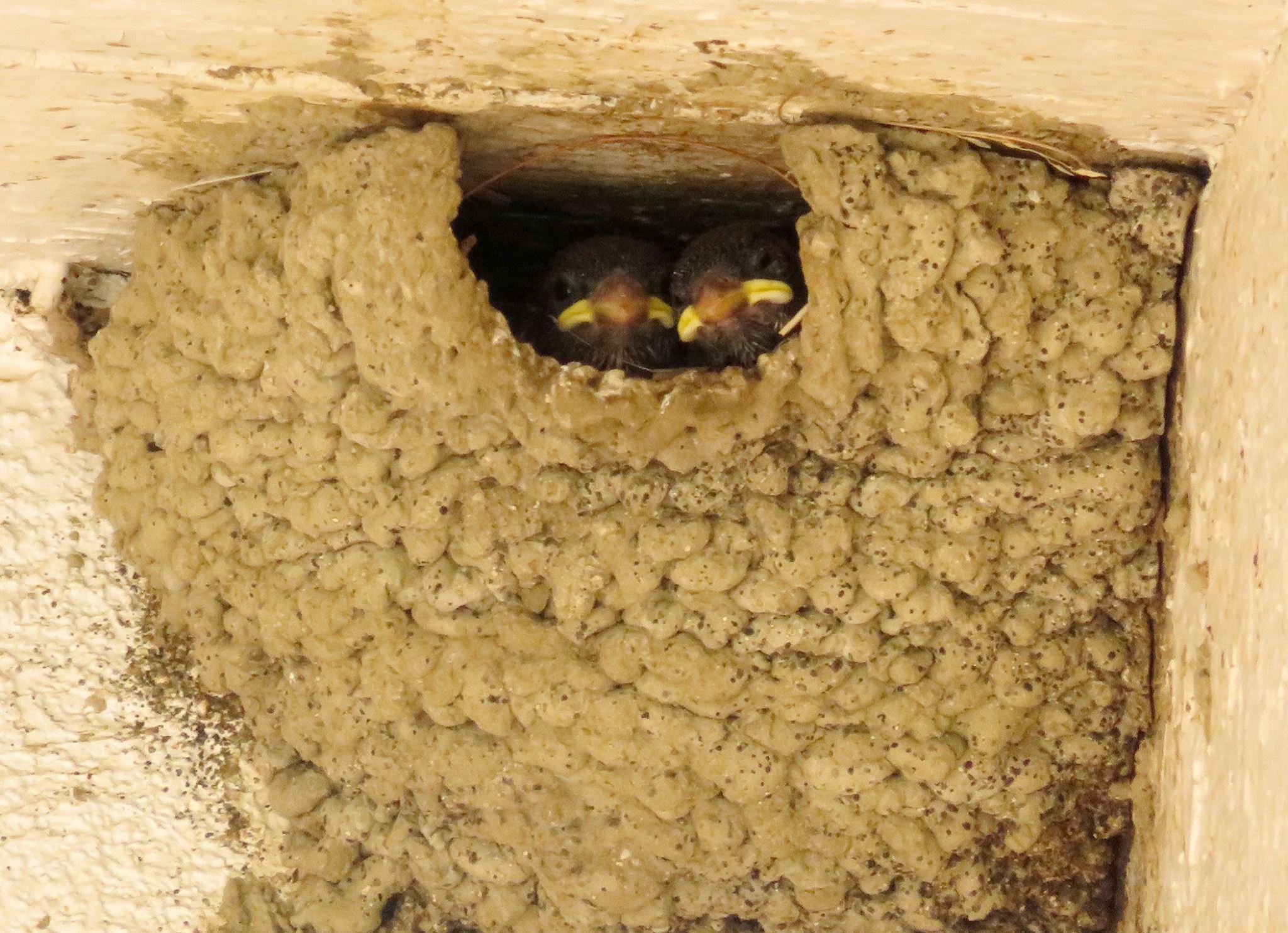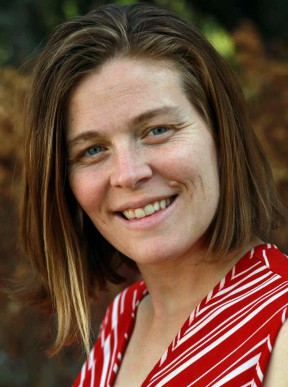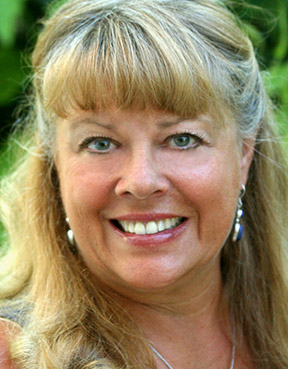
 Residents of the Santa Clarita Valley and surrounding communities are noticing a wealth of small white butterflies this year. Many people think these are moths – but they are not. They are butterflies of the Pierid family.
Residents of the Santa Clarita Valley and surrounding communities are noticing a wealth of small white butterflies this year. Many people think these are moths – but they are not. They are butterflies of the Pierid family.
And they are not a single species. They are actually two different species, but the most common, at least this year, is the “checkered white” – and for more scientifically minded folks, Kingdom: Animalia; Phylum: Arthopoda; Class: Insecta; Order: Lepidoptera; Family: Pieridae: Genus: Pontia; Species: protodice.
The convention is to combine the genus and species as the scientific name, so this would be Pontia protodice. The other is a cabbage white or Pieris rapae. While they seem to be simple white butterflies, they are actually quite delicate and have subtle markings that are beautiful if you are lucky enough to get a close look at them. Their territory overlaps many regions, at least in North America.

Cabbage white with the wings closed showed the under surface. There is a greenish-yellow base color of the hind wing. The forewing spot shows through but not the apical gray cap.
There is quite a variety of species belonging to the Pierid family. Approximately 1,000 species have been identified worldwide and 75 of them live in North America.
Other than whites, sub-families include the yellows, sulphurs, marbles, orange tips and brimstones. They are all about the same size, small to mid-size butterflies, and while there are subtle differences in wing shape, venation and other characteristics that will be important to lepidopterists (scientists who specialize in butterflies and moths), the obvious difference is their coloring, and to some degree their size.
There are made different whites found throughout North America. The two most common are the checkered white, which is a local native species, and the cabbage white, which is invasive from Europe. The latter is believed to have come to North America (specifically eastern Canada) in the 1860s but now is well established throughout all of North America.
Checkered whites were known as the “common white,” but as the cabbage white migrated from the east, the common white has been more referred to as a “checkered white.” The cabbage white butterfly began to displace the common white and in many areas became the most common of the white butterflies in North America. However, this is not (yet) the case locally in our area.

Cabbage white male with wings open displaying the upper surface. The tip of the forewing is covered in a dark gray cap and there is either one (for a male) or two (for a female) spots on forewing. Photos by Paul A. Levine except as noted.
The common name was changed to “checkered white” based on the markings of the female, particularly in the spring, when the markings along the upper side of the edge of the forewing have a checkerboard appearance.
Most people cannot distinguish the checkered white from the cabbage white. To do that, you need to be able to see the distinctive markings visible by looking closely with the aid of binoculars or by sneaking up on a butterfly when it lands on a plant or flower using either your naked eye or a camera.
The cabbage white is all white with a gray cap on the upper surface of the forewing, along with black spots. The undersurface of the hindwing on the cabbage white has a yellow-green base color, but there are virtually no markings on the undersurface of the wings except for the forewing spot.

Checkered White female with the heavy markings that are classic for a spring brood.
The checkered white’s markings are more pronounced in the spring than in the summer (two different broods – the individual butterfly does not change its markings) with the male being virtually pure white with only a few black markings on the upper surface of the wings. The female is heavily marked on the upper surface with a checkerboard pattern along the edge of the forewing and a gray-green outlining of the veins on the undersurface of the hindwings.
The egg: Barrel-shaped, the egg is tapered at the apex and has longitudinal ridges. By laying eggs separately throughout a span of varied plants, the larva or caterpillar that emerges has a better chance of survival. When an egg is laid, the coloring is yellowish, but it turns orange as it matures, regardless of the species.

The markings on a male checkered white. This is also the spring brood. The summer brood may be virtually devoid of any markings.
The larvae: Full-grown larvae are approximately 1 inch in length with a gray head and four distinct yellow stripes, rows of small black spots and many short hairs. The host plant – the plant upon which the female lays her eggs and which the resulting caterpillars eat – includes both native mustards and a variety of other plants in the crucifera family of plants.
Black mustard with its distinctive yellow flower is also an invasive plant species but is extremely common in Southern California, and with a ready supply of host plants, it’s no wonder we see so many of them in Southern California.

The caterpillar of the checkered white just before it pupates. Photo from the Butterflies of America website (www.butterfliesofamerica.com)
The pupa: The pupae, or chrysalises, are bluish-gray with mid-dorsal and lateral white stripes and small black dots on the ventral half of the body. The butterfly emerges in one to two weeks. Five generations of butterflies can be produced in each growing season, and where it is warm, as in Southern California, they can be found throughout the year. As mentioned previously, there are often color variations between broods.
Adults are diurnal (daytime) active species, as are all butterflies, and they spend the day feeding on nectar from various flowers. An adult’s wingspan is approximately 1.25 to 2.5 inches. Checkered white males are white with charcoal markings on the front wings, much lighter in color than the females. Females are grayish white with darker gray or charcoal checkered markings that display heavier patterns, giving the name “checkered whites.” Some species of females may display brownish coloring, as well. It is thought that many of these Pierids have ultraviolet-reflecting wings that we cannot see but butterflies can see with their eyes.
Adult checkered whites are drawn to a variety of wild mustard plants, since these are the host plant for its caterpillars. There are also multiple nectar plants where the adult butterfly can obtain nourishment, but it will not lay its eggs on these plants. This butterfly has a short proboscis or straw-like tongue with which to draw the nectar, so it requires feeding on small, short flowers.
 There are approximately 50 local varieties of flowers available to keep this butterfly going for some time. The difference between a host plant and a nectar plant is similar to a nutritious meal that every parent wants to feed their child (host) and a fast food restaurant which provides quick nourishment when you are in a rush but a steady diet of fast food is not the best for raising a child (nectar).
There are approximately 50 local varieties of flowers available to keep this butterfly going for some time. The difference between a host plant and a nectar plant is similar to a nutritious meal that every parent wants to feed their child (host) and a fast food restaurant which provides quick nourishment when you are in a rush but a steady diet of fast food is not the best for raising a child (nectar).
As beautiful as these species are, both the checkered and the cabbage white pose a nuisance to farmers who grow cultivars. These crops consist of broccoli, cauliflower, Brussels sprouts, radishes, etc. These are favorite plants commonly used by the females to lay their eggs due to the nourishment contained in the plant. The eggs and larvae depend upon the plant in order to grow into pupa, and in turn they can destroy the plant all together. There are specific and strict guidelines and requirements from the FDA for farmers of cultivars to follow, to ensure the larvae and eggs are not passed on to consumers.
In Southern California, the spectacular number of checkered whites seen in 2014 has been most enjoyable for nature lovers. It appears to be a mystery as to why so many have been seen this year. In other years, for similarly unknown reasons, other species may predominate, but this year, it appears to be the checkered white. Whatever the reason, and possibly given the drought, we’re happy to see them in full display as part of nature and our environment.
Mari Carbajal and Paul A. Levine are docent-naturalists at the Placerita Canyon Nature Center.
Like this:
Like Loading...
Related







 Tweet This
Tweet This Facebook
Facebook Digg This
Digg This Bookmark
Bookmark Stumble
Stumble RSS
RSS













































REAL NAMES ONLY: All posters must use their real individual or business name. This applies equally to Twitter account holders who use a nickname.
1 Comment
Very interesting contrast.